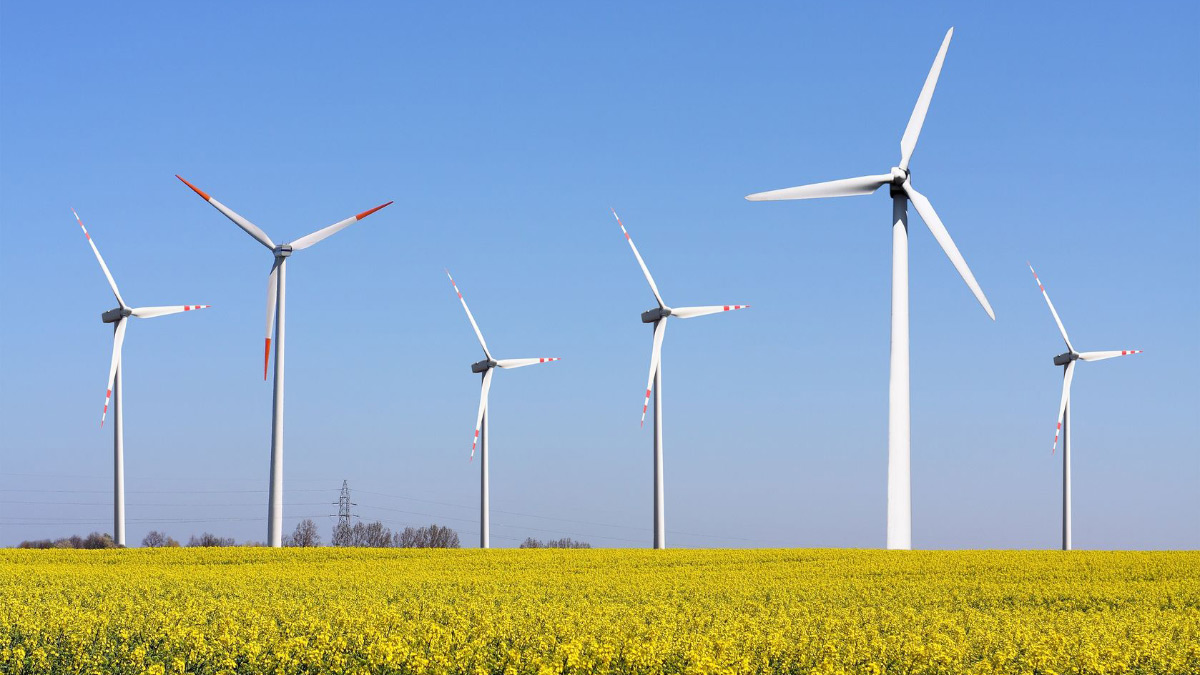At first glance, wind power seems to be the path to a carbon-free energy future. Once harnessed, it’s clean and abundant. Larger turbines have enhanced wind’s power-generating capacity.
But contrary to its supporters, wind energy has grown thanks largely to production tax credits (2.3 cents per kilowatt hour) totaling billions of dollars. However, those credits are being phased out, and without such generous subsidies, wind energy will not make much of a dent in power production or carbon mitigation for at least a decade.
The amount of wind energy has tripled in the past 10 years, growing to 97,223 megawatts in 41 states. Half of that generating capacity is located in five of them: Texas, Iowa, Oklahoma, California and Kansas. Because seasonal wind patterns vary considerably across the country, wind’s contribution to the grid represents just 8 percent of power production nationwide.
Despite all the hoopla over wind energy, the nation’s only offshore wind turbines are located in coastal waters near Rhode Island. The Block Island Wind Farm, which went into operation in late 2016, cost $2 billion, plus $16.7 million to compensate companies that lost access to fishing grounds. Operating and maintenance expenses for wind farms currently add about $48,000 per megawatt generated.
Massachusetts likewise is preparing to obtain power from more than a score of huge wind turbines off its coast, carried to the mainland by underwater cables, with the cost passed through to households and businesses.
According to the Institute for Energy Research, offshore wind energy is “very, very expensive,” costing 2.6 times more than onshore wind power and 3.4 times more than power produced by a natural gas combined-cycle plant. Of course, the cost of wind farms surely will fall as more are built, and perhaps ways will be found to reduce the dangers wind turbines pose to birds, bats, and other wildlife.
In the meantime, if we are serious about reducing energy costs and carbon emissions, we need to be realistic about the limitations of power generated by the wind and other renewables.
A more practical environmental approach is to expand the use of the combined-cycle natural gas plants, which have smaller carbon footprints than coal plants and have reduced such emissions to levels not seen since the early 1990s. The shale revolution has made that possible, greatly strengthening economic incentives to substitute natural gas for coal in power production. Nowadays, data analytics and complex algorithms make it easier to find natural gas and boost the productivity of shale fields.
The surge in America’s natural-gas production also helps to reduce carbon emissions in other countries. Exports of liquefied natural gas (LNG) are projected to double by the end of this year. Asian countries that still rely heavily on coal are the largest purchasers of American LNG, using the clean-burning fuel to improve their air quality.
Shale has been the single biggest addition to the nation’s energy supply in many decades. Renewables at the moment offer more promise than reality. Even with lavish subsidies, wind and solar power together account for slightly more than 10 percent of the nation’s electricity. In contrast, gas provides nearly 35 percent; it is indispensable for generating backup power on days when the wind doesn’t blow, or the sun doesn’t shine.
Because of rising electricity demands and the retirement of coal and nuclear plants, many states are planning for more wind-powered electricity production. Under present regulatory regimes, most of the capital and operating costs of new wind farms will end up being added to consumers’ utility bills. So, too, in some states are “the stranded costs” of mothballed power plants.
Unsubsidized wind energy simply is too expensive to become a major source of electricity in most states. (In 2016, wind represented just seven-tenths of 1 percent of Massachusetts’s power production.) The inability of grid operators to manage the variations in power from wind and solar energy is creating new headaches.
Americans need a reliable supply of affordable electricity. But if too much weight is placed on wind and solar systems and not enough on conventional power plants, the result will be far too little electricity, with potentially grievous economic consequences.











